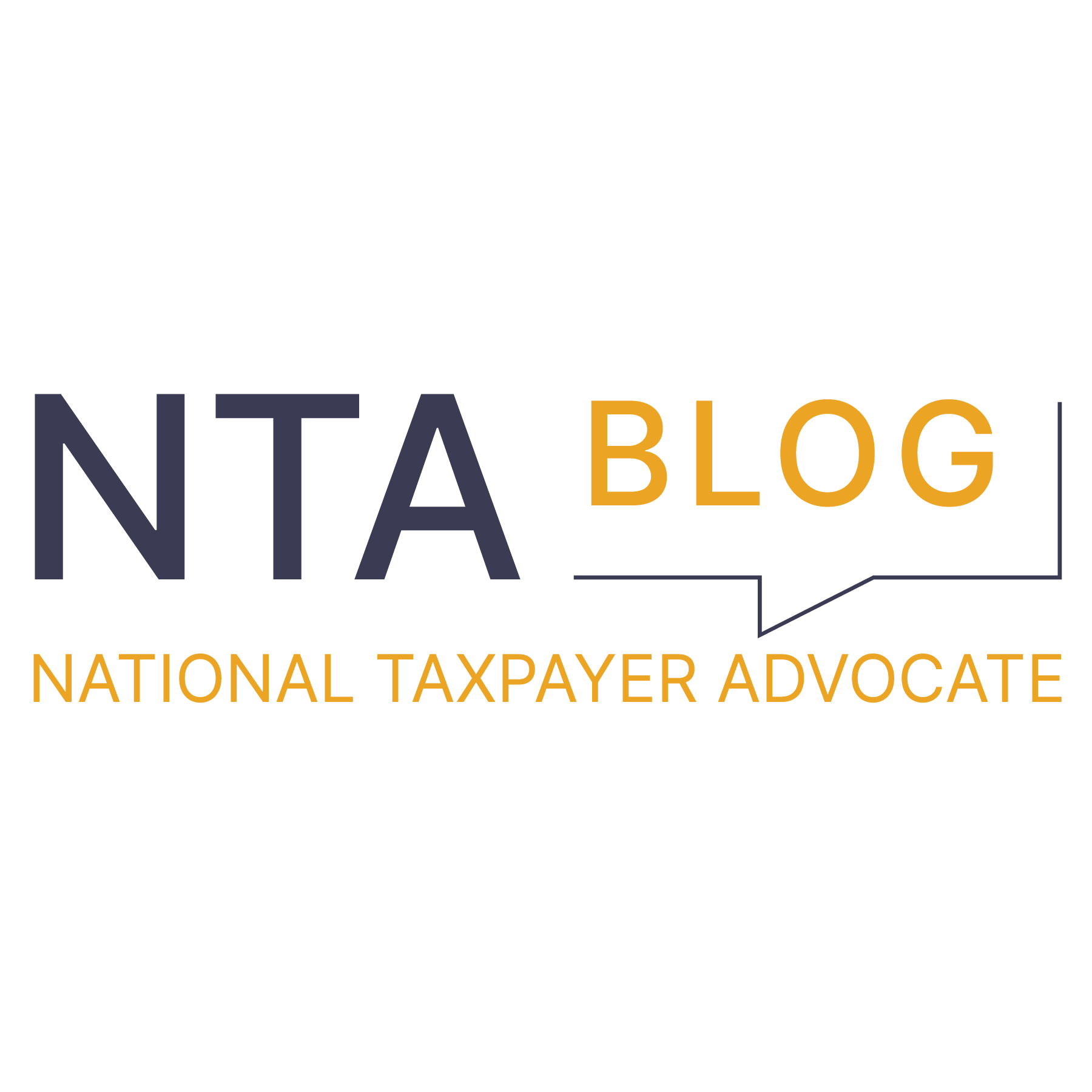The tax year (TY) 2022 filing season kicked off on January 23, 2023. Each filing season, taxpayers face a variety of challenges, including choosing a qualified return preparer, locating a volunteer tax return preparation site, selecting tax preparation software, and understanding what they need to include on their income tax returns. One important tax benefit many low- and moderate-income taxpayers are eligible to claim on their tax returns is the Earned Income Tax Credit (EITC). The EITC is a refundable tax credit that provides substantial financial support to many taxpayers, many of whom come to rely on the resulting tax refunds to pay for necessities. The Earned Income Tax Credit (EITC) Awareness Day is a one-day national education program to alert taxpayers to the importance of the EITC and teach them how to claim it properly. The IRS partnered with more than 1,500 supporters for about 220 live events, social media and other activities such as news releases and articles for EITC Awareness Day to raise awareness.
The EITC’s significance shows in its numbers: In fiscal year (FY) 2022, over 31 million taxpayers received EITC, and the average EITC amount for taxpayers with qualifying children was over $3,100. It’s a valuable credit for taxpayers and one that requires careful attention to its details because the rules are complicated.
Many EITC Tax Relief Provisions Expired and Do Not Apply to TY 2022
Many EITC tax relief provisions included in the American Rescue Plan Act (ARPA) have expired and do not apply to TY 2022 returns, thereby reducing the average refund from last year. ARPA also included some permanent changes to the EITC rules. Therefore, it is important to understand some of the recent changes in the rules to determine eligibility and accurately calculate the amount of the credit.
- Age of the Taxpayers Without Qualifying Children: The special rules that changed the age requirements for taxpayers without qualifying children have expired and do not apply to 2022 returns. For 2022, taxpayers without qualifying children must be at least age 25 and under age 65 at the end of the year to be eligible to claim the credit. In addition, the provisions lowering the minimum age for qualified former foster youth and qualified homeless youth have expired and do not apply to 2022.
- Maximum Credit Amount Decreases for Taxpayers Without Qualifying Children: The maximum amount of the credit for taxpayers without qualifying children significantly reduces to $560 for 2022 (down from a temporary expansion to $1,502 for 2021). The maximum credit amount for those having three or more qualifying children is $6,935 for 2022, a slight increase from 2021.
- Maximum Adjusted Gross Income (AGI) Amounts Significantly Reduced for Taxpayers Without Qualifying Children: Taxpayers cannot claim the EITC if their AGI is more than a certain amount. For taxpayers without any qualifying children who file as single, head of household, or as a qualifying surviving spouse, their AGI amount must be less than $16,480 (down from a temporary expansion to $21,430 for 2021). For taxpayers without any qualifying children who file using the married filing jointly filing status, their AGI amount must now be less than $22,610 (down from a temporary expansion to $27,380 for 2021).
- Maximum Amount of Investment Income (Such as Interest and Dividends): The maximum amount of investment income allowable to still qualify for the credit slightly increases for 2022 to $10,300.
- No Election to Choose Prior Year Earned Income: Unlike the last few years, taxpayers cannot elect to use a prior year’s earned income amount to calculate the amount of the credit.
- Married Filers Not Filing Jointly: Pursuant to a permanent tax relief provision in ARPA, taxpayers who are married but separated from their spouses may be eligible for the EITC without having to file a joint tax return with their spouse. ARPA expanded the rules by allowing certain married taxpayers filing separately to claim EITC only if they:
-
- Did not live with their spouse during the last six months of the year, or if they have a separation agreement or decree; and
- Lived with their qualifying child or children for more than one-half of the year.
- Qualifying Children Without Social Security Numbers: Another permanent ARPA change provides that taxpayers whose qualifying children don’t meet the Social Security number requirement may be able to claim the EITC as if they were a taxpayer without qualifying children.
Also note there are special rules for military members, clergy members, and taxpayers and their relatives with disabilities.
Help Is Available in Navigating the Complex EITC Rules
Due to the complexity of the rules, it is understandable that taxpayers need help in determining eligibility and the amount of the credit. The following free programs are available:
-
- EITC Assistant: The IRS has a digital tool, the EITC Assistant, to assist you in navigating the complex EITC rules. The tool will determine your eligibility, whether you have qualifying children or relatives, and the estimated amount of the EITC credit and determine filing status.
- Volunteer Tax Return Preparation Services: Qualifying taxpayers can also seek the assistance of volunteer tax preparers through the Volunteer Income Tax Assistance (VITA) or Tax Counseling for the Elderly (TCE).
Learn More From an EITC Awareness Day Event Near You
TAS will be hosting or participating in EITC Awareness Day and other pre-filing season events to ensure taxpayers understand the EITC and can properly claim it. IRS.gov contains many tools and resources to assist taxpayers with EITC qualification and benefits.
Tax Filing Tips to Avoid Processing Delays
Remember to avoid processing delays by taking the following precautions:
- Make every effort to file your return electronically;
- Request to receive your tax refund by direct deposit and accurately enter your bank routing and account numbers; and
- Triple check all entries on your return because errors or inconsistencies with IRS records will cause delays in processing.

